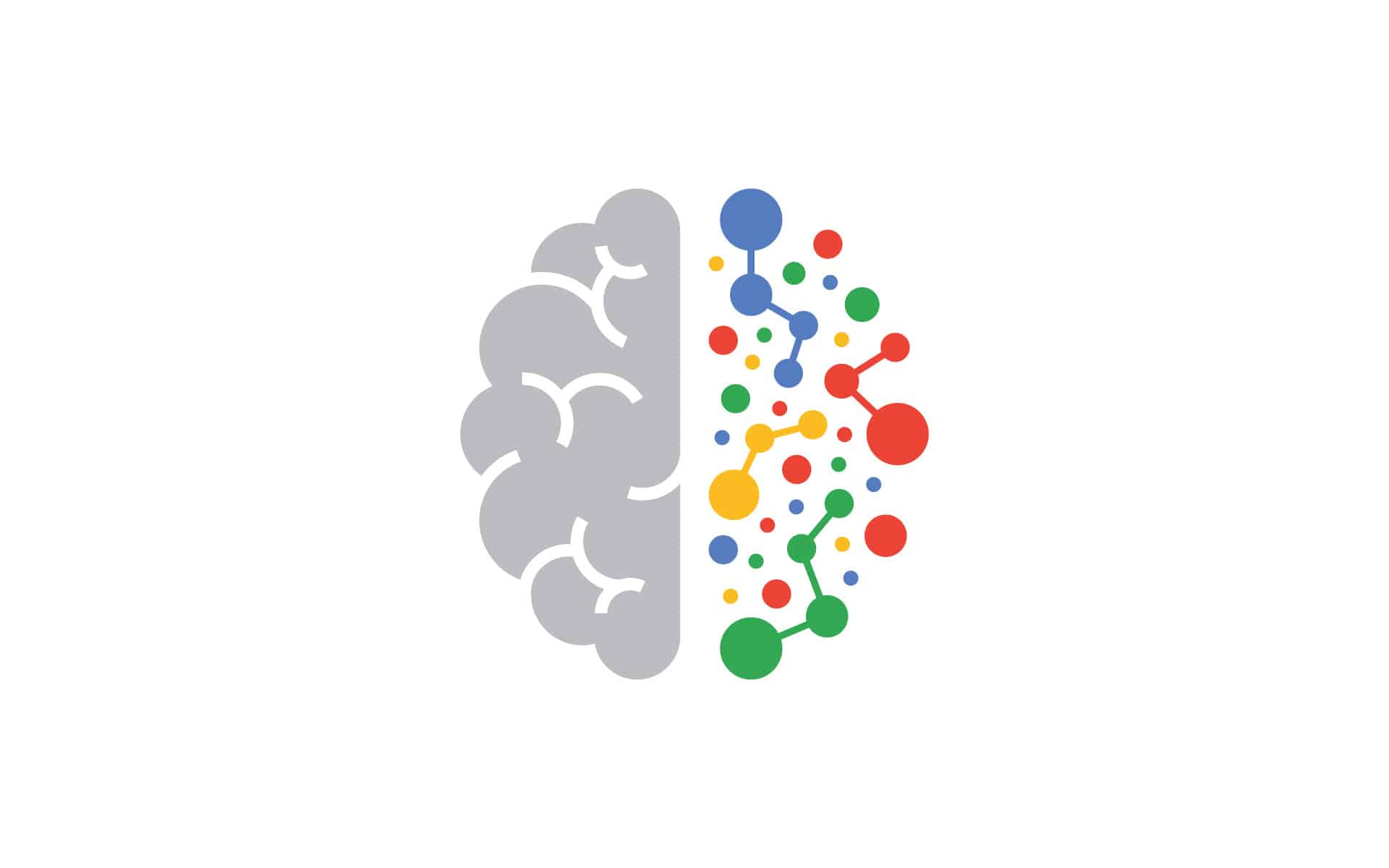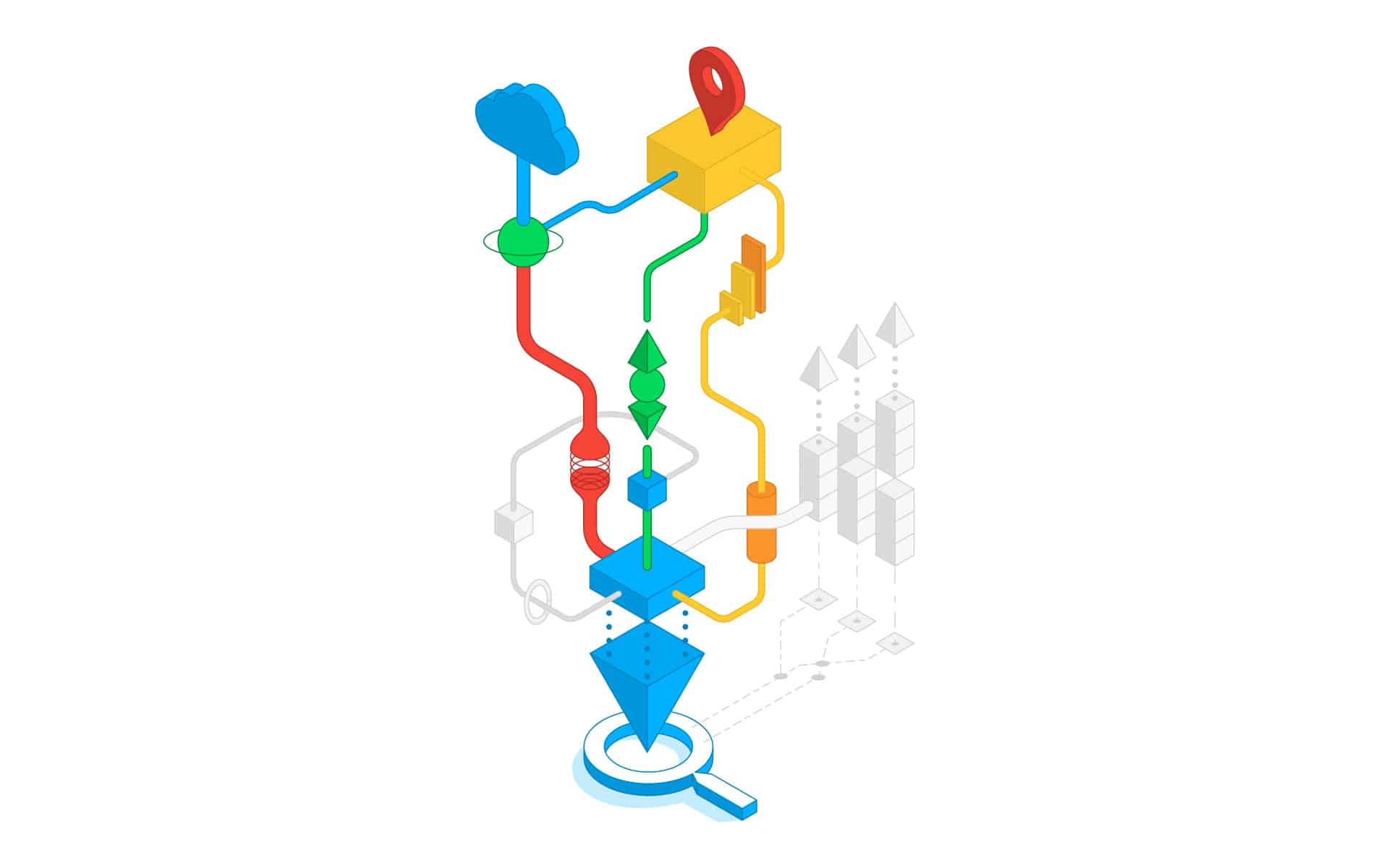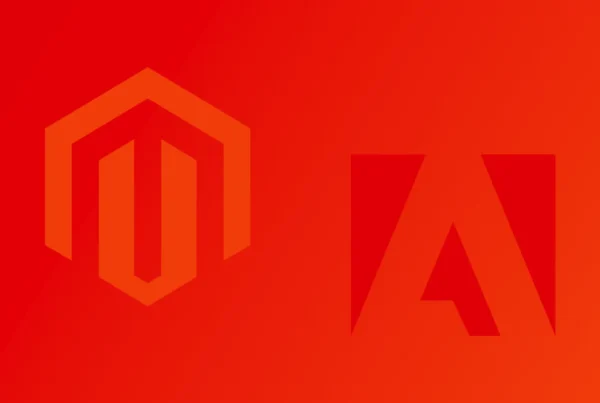
Google’s ability to read minds is nothing short of miraculous – or is it? Ever since Google’s official search engine debut in 1998, it has undergone numerous updates to maintain and improve delivery of the most relevant search results humanly – and inhumanly – possible.
These updates have kept SEO marketers on their toes in the never-ending quest to get their content on the first page of Google’s search results – or even the holy grail of positions 1-3 for specific search terms – a.k.a. Google keyword ranking. However, Google takes great pride in the accuracy and credibility of its search results and punishes those trying to game the system.
There’s no magic bullet for search ranking priority. There are countless factors involved, including teams of people and highly advanced software monitoring content to determine where it falls in the hierarchy of search results. However, we can learn a great deal from what Google is trying to prevent – and each major algorithm update has lengthened the list of “do nots’ in SEO.
In Google’s quest to be the best, it’s launched periodic algorithm updates that have significantly changed how we approach SEO and Google keyword ranking tactics. In this article, we’ll take a closer look at the updates that have had the biggest impact on Google search ranking tactics through the years – including one of the most significant – Google RankBrain.
What is the Google RankBrain algorithm?
So what makes Google RankBrain different from previous algorithm updates? This game-changing algorithm, which debuted in 2015, employs Artificial Intelligence (AI) and machine learning, allowing it to take search queries a step beyond just matching words and phrases. RankBrain wants to understand a user’s intent to deliver the best matches possible.

When first developed, Google RankBrain only applied to new (never before used) search queries, which comprised about 15% of Google searches at the time. However, once Google gained confidence in the machine learning and AI powering RankBrain’s capabilities – the algorithm was applied to every Google search.
How does RankBrain work?
Google’s Gary Illyes described Google RankBrain as using “layered neural networks” to predict the best search results based on historical data and deep machine learning. If you don’t speak geek, this may make little sense. So, here’s a real-world example of how Google RankBrain works.
Say you forgot the movie title for a film you watched years ago; however, you remember the basic plot and the star. For this example, we’ll use the 2000 film “Miss Congeniality” starring Sandra Bullock. In Google, you would type “pageant movie with Sandra Bullock” – and like magic, Google delivers a synopsis of “Miss Congeniality” – even though the actual title wasn’t used in the search.
How did the Google search ranking results so accurately answer your question? To understand, let’s take a look at the two main components of RankBrain: AI and machine learning. Artificial Intelligence helps computers understand and act like humans when given tasks like decision-making, language translation, and visual perception.
Machine learning is the ability for a machine to learn on its own from the data it collects. For example, your “Top Picks for …” suggestions in your Netflix account are the result of machine learning based on movies or shows you have already watched.
This combination of AI and machine learning allows Google RankBrain to analyze keywords via user intent and determine your purpose behind the search. In other words, it’s picking apart the context of your search to deliver results that best match why you are making that search. It’s pretty brilliant!
Factors That Are Still Relevant for Google Search Ranking
Google RankBrain was a groundbreaking update, and it demonstrates Google’s determination to deliver the best possible information to its users – as quickly and accurately as possible. Fortunately, Google has been transparent about the factors that affect your content ranking favorably.
As we review a few factors that can help your content SEO, you will see an underlying trend – one that Google will always hold in high regard. Online content should always benefit the user’s experience.
Crawlability and Indexability of the Website
There is nothing more frustrating than a site that’s difficult to read or navigate. Google agrees, which is why a website’s indexability and crawlability affect its position in Google search ranking results.
Why do these two factors matter to Google? By definition, indexability is a search engine’s ability to analyze and add a page to its digital vault, i.e., index the page. Crawlability is a search engine’s ability to crawl through content on a page, which is the precursor to indexing the content. So in layman’s terms, if Google cannot easily read and catalog your content, your site will move down in rankings. Period.
High-quality Content
How does this look? The answers are infinite and change depending on the source. So here is a good rule of thumb behind content creation – your content should consistently deliver value to your readers.
Many brands make the mistake of writing for themselves rather than their consumers with content that preaches over informing. Your audience isn’t looking for brand mansplaining. They want to know how your brand will solve their problem, answer their question, or simply provide entertainment.
Backlink Profile
A backlink is a link from one website to another, and a collection of links creates your backlink profile. Google uses backlinks as a ranking signal because when one website links to another, Google assumes it’s because the content is noteworthy.
However, not all backlinks are equal. There are spammy links, neutral links, and good links – and they’re all subject to Google’s scrutiny. We’ll get more into Google-friendly links a little later in the article.
Website Loading Speed
The Internet’s “instant access” mentality is contagious. People have little patience for a slow-loading site in a world on the go, and Google feels the same. Consequently, a slow-loading website will negatively affect your SEO, especially on the mobile end.
Mobile Experience
Considering that mobile device traffic accounts for over half (51.51%) of global online traffic and 60% of all organic search engine visits in the U.S.1, not being optimized for mobile is a serious offense – and one that will put you on the Google search ranking naughty list.
However, even if you have a mobile-ready website, the level of readiness is open to scrutiny as well. There is a hierarchy to a website’s mobile experience: mobile-friendly, mobile-optimized, and mobile responsive. For example, if your brand involves any kind of interaction, such as bookings or transactions, and the mobile experience is challenging to navigate – you’re likely losing customers and Google’s favor.
1 Source
The role of Machine Learning in Google RankBrain
As mentioned above, machine learning is at the core of RankBrain’s function. One of the best phrases used to describe RankBrain’s thinking is this: “The phrase you entered seems like something I’ve seen in the past. So, I’m going to assume that you meant this.”
Google RankBrain’s machine learning allows the search engine to learn, understand, and improve its knowledge base with every search query. It’s attempting to deliver the best results by cataloging how you – and others – treated the results, like which link got the first click and time spent with the content. Google’s always learning.
Most Relevant Google Algorithm Updates & How They Affected Search Results
In its race to stay on top, Google claims to make algorithm updates thousands of times a year. However, most of them are hardly noticeable to the average user – or SEO marketer. However, since its debut in the late 90s, Google has made a few updates that seriously impacted Google search ranking criteria and SEO practices. Let’s review.
Panda
Initially launched in 2011, the Google Panda algorithm was designed to give content a “quality” score that flagged and punished poor-quality material, such as duplicate, thin, or obviously keyword-stuffed content. Panda became a permanent part of the Google search ranking algorithm in 2016.
Although Google has not disclosed the exact criteria behind the Panda score, we know that the algorithm favors expertise, authority, and trustworthiness (E.A.T.) – all of which affect how others use your content. So if your content is trusted and liked by your audience, Panda will react favorably.
Penguin
Like Panda, Penguin addressed attempts to out-SEO Google. However, rather than zeroing in on the quality of content, the Penguin algorithm update addressed the quality of links and flagged links that looked unnatural, spammy, or irrelevant – including links with over-optimized anchor text.
So this Google search algorithm update directly addressed inferior backlink building tactics, which some folks had been shilling as a “quick fix” for SEO. Like its predecessors, this Google algorithm update served to keep SEO practices honest and focused on quality, not quantity.
Hummingbird
Next up – the Hummingbird update, which earned its name for its feathered namesake’s speed and accuracy. This update was a big step for Google because it focused on understanding the “natural language” of queries by considering the context and meaning.
Hummingbird also provided a deeper examination of content on individual pages of a website, so search results included links to specific pages, rather than just a website’s homepage as it had been doing.
Overall, this Google algorithm update allowed more “human” search interaction by focusing more on conversation and meaning vs. exact keyword matches. Developers and web writers were encouraged to update their sites with more natural writing that emulated their audience’s language, rather than with forced keywords, to optimize Google website rankings for Hummingbird.
Mobile
The mobile update in 2015 was no big surprise, nor was it the last (other mobile updates followed in 2018 & 2020). Just as the name indicates, this Google search algorithm update addressed a site’s mobile readiness. With so much online activity happening beyond desktops, mobile readiness was quickly becoming a foregone conclusion. Google’s mobile update was a swift kick in the pants for site owners to keep up with consumer’s needs.
RankBrain
As we mentioned earlier, RankBrain is among one of the most significant Google search algorithm updates to date. Using machine learning and AI to process the larger context of queries, like synonyms, implied words, and personal search history, RankBrain customizes a user’s search results better than ever.
Since we did a deep dive into the Google RankBrain algorithm earlier in this article, we’ll share a fun fact instead. Back when they were testing machine learning software, Google decided to try a prototype of RankBrain against its top search engineers to see which, machine or human, would return the most relevant search results. Who won? RankBrain beat the brightest search minds in Google’s ranks by 10%. Game on, RankBrain!
Medic
If you still aren’t convinced that Google search rankings are looking out for the user’s best interest, then this update may tip the scales. The Medic algorithm update in 2018 seemed to specifically target the content on YMYL websites, which stands for “your money or your life.” Google classifies a YMYL site by content that could impact a person’s happiness, health, finances, or safety.
The Medic algorithm update reportedly, although never actually confirmed by Google, addressed some of the E-A-T (expertise, authority, and trust) signals around published content. Basically, if potential life-altering content didn’t appear to meet the Quality Raters’ Guidelines, it was deranked.
Bert
The BERT update, or Bidirectional Encoder Representations from Transformers, examines the words before and after a keyword or phrase to understand the contextual meaning within the writing.
BERT is programmed to look at the context of the query for clues. This is important because so many words have different meanings, and we have to rely on the context around the word to clarify the meaning. Take the word “rose” – depending on the other words you attach it to; it can be a flower, a color, or an action. BERT will try to figure this out before Google delivers results.
What does this mean for your website? Even though BERT analyzes searches, not web pages, it affects page SEO by placing more significance on using words precisely. So, poorly written, sloppy content may not be helped by the Google BERT update. In a sense, Google is rewarding quality writing and content rather than trivial fluff.
Core Updates
Core updates are any notable changes to the Google algorithm from 2017 to today, so the clever names and big announcements are a thing of the past. In essence, Google is always working and updating its search ranking prowess, but they aren’t telling us exactly how. These days, we just hear about a core update and begin the game of figuring out what aspect of Google’s search ranking algorithm or factors it may have affected.
The truth is – deciphering Google’s process is next to impossible because it’s always changing, always learning, and constantly improving. The best you can do is be consistent in applying best practices (like the factors we mentioned earlier) to your content strategy. However, if you are ready to seriously address your Google website ranking and digital marketing strategy, get in touch with Living Proof Creative. We’re at our best nerding out over a brand’s digital design, marketing strategy, and SEO strength, so you can focus on running and growing your business.





